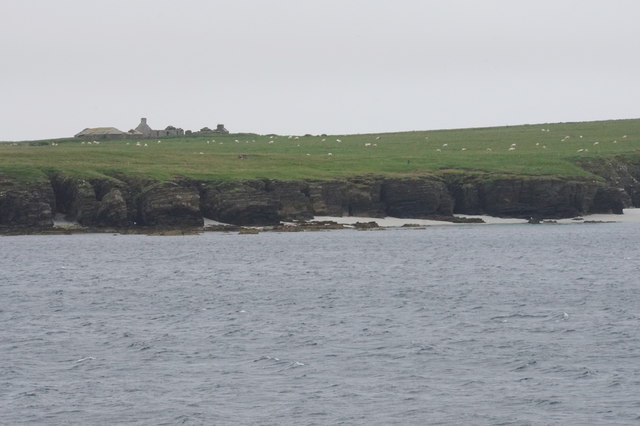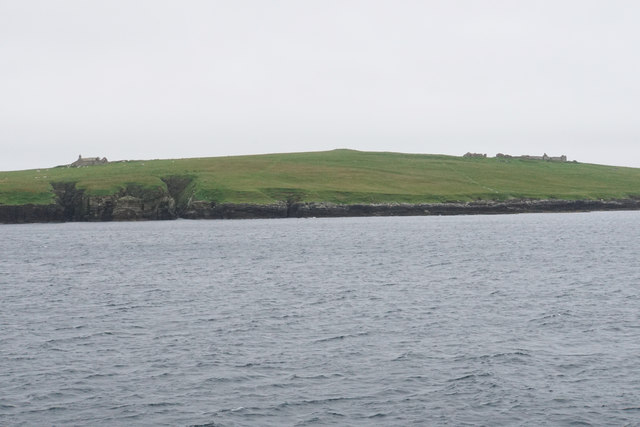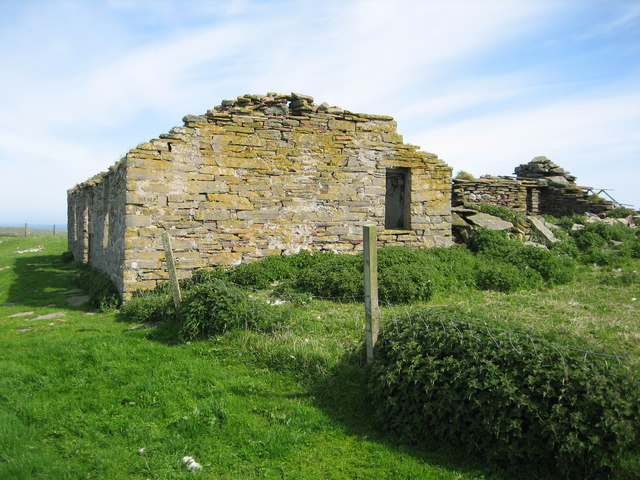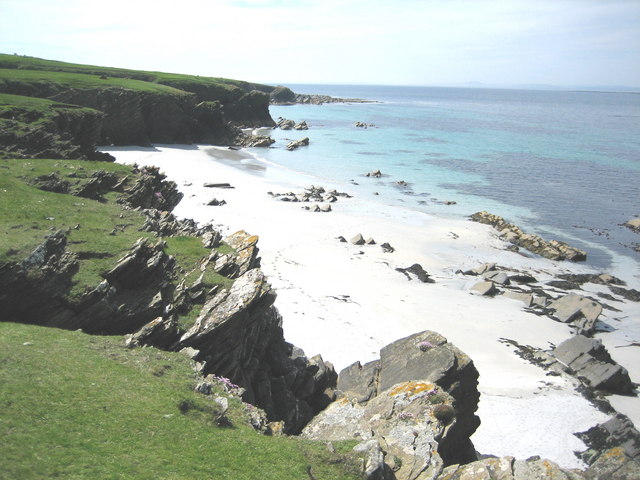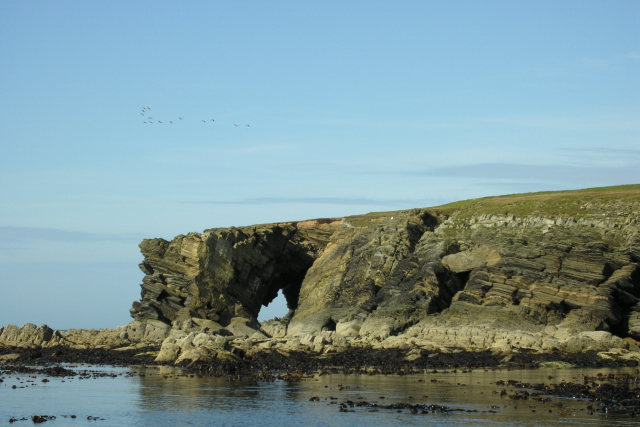Muckle Skerry
Island in Orkney
Scotland
Muckle Skerry
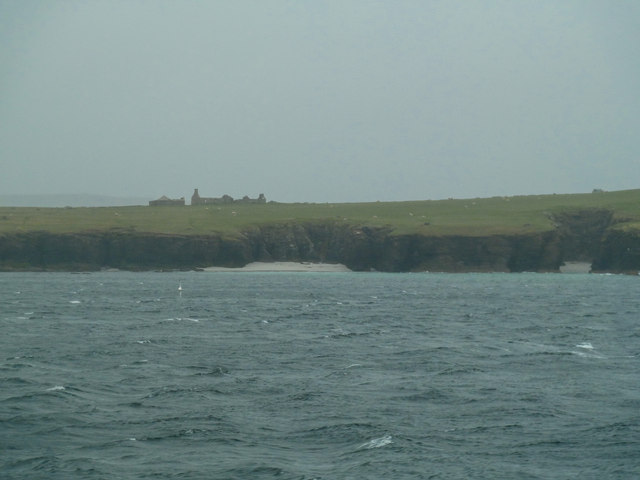
Muckle Skerry is a small, uninhabited island located off the north coast of Scotland in the Orkney archipelago. The island is part of the North Isles group and is situated approximately 1.5 miles northeast of the larger island of Eday.
Muckle Skerry is known for its rugged and rocky terrain, with cliffs rising steeply from the surrounding sea. The island is home to a variety of seabirds, including puffins, guillemots, and razorbills, making it a popular spot for birdwatching.
The island has no permanent residents and is only accessible by boat. It is a popular destination for day trips and wildlife enthusiasts looking to explore its natural beauty and observe the diverse bird populations.
Muckle Skerry has a rich history, with evidence of ancient settlements and burial sites dating back to the Neolithic period. The island also played a role in World War II, serving as a lookout post for monitoring enemy activity in the surrounding waters.
Overall, Muckle Skerry is a remote and picturesque island with a rich history and diverse wildlife, making it a must-visit destination for nature lovers and history buffs alike.
If you have any feedback on the listing, please let us know in the comments section below.
Muckle Skerry Images
Images are sourced within 2km of 59.205635/-2.8284668 or Grid Reference HY5235. Thanks to Geograph Open Source API. All images are credited.

Muckle Skerry is located at Grid Ref: HY5235 (Lat: 59.205635, Lng: -2.8284668)
Unitary Authority: Orkney Islands
Police Authority: Highlands and Islands
What 3 Words
///rift.staining.tangible. Near Backaland, Orkney Islands
Nearby Locations
Related Wikis
Faray
Faray (Old Norse: Færey) is a small island in Orkney, Scotland, lying between Eday and Westray. Previously inhabited, the low-lying island is now a successful...
Rusk Holm
Rusk Holm is a small island in the Orkney Islands, near Faray to the west. == History == There is a prehistoric cairn on it . Rusk Holm is also home to...
Holm of Faray
The Holm of Faray is a small island in Orkney, Scotland, near Faray and Westray, which it lies between. Together with its neighbour Faray, it is designated...
Eday
Eday (, Scots: Aidee) is one of the islands of Orkney, which are located to the north of the Scottish mainland. One of the North Isles, Eday is about 24...
Nearby Amenities
Located within 500m of 59.205635,-2.8284668Have you been to Muckle Skerry?
Leave your review of Muckle Skerry below (or comments, questions and feedback).




